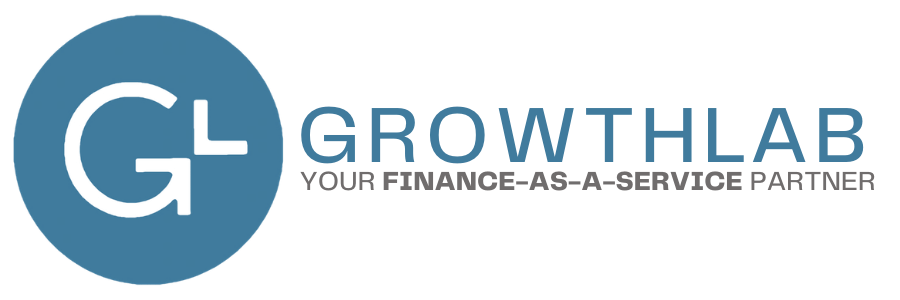Essential Financial Modeling Techniques for Startup Success
Understanding the financial landscape is critical for any startup. At GrowthLab, we've refined a comprehensive 10-step approach to financial modeling that not only supports your business's financial structure but also aligns with your strategic goals. This guide is tailor-made for startup founders and financial planners looking to navigate their business towards profitability and growth.

1. Identifying Your Market:
Begin with a clear definition of your addressable market. Analyze the demographics and purchasing power of potential customers. This foundational step ensures your business targets viable segments, enhancing marketing strategies and optimizing customer acquisition costs.
2. Calculating Customer Acquisition Cost (CAC):
Learn how to effectively calculate the CAC to maximize your marketing budget. This step involves understanding the costs associated with gaining a new customer through various channels, crucial for budgeting and financial planning in startups.
3. Developing a Pricing Strategy:
Establish a competitive pricing strategy by engaging with market and customer insights. This step is essential for determining how much your customers are willing to pay and aligns with your overall value proposition.
4. Outlining the Revenue Model:
Define your revenue streams by integrating your pricing strategy with customer acquisition insights. This model will guide you in forecasting sales and understanding key revenue drivers, pivotal for startup financial models.
5. Cost Analysis:
Dive into the cost structure of your products or services. This analysis includes direct and indirect costs and is fundamental for calculating gross margin, a critical metric for financial health.
6. Building a Capable Team:
Timing and team composition are vital as your startup grows. This step guides you in scaling your operations efficiently by hiring the right talent at the right time.
7. Managing Operating Expenses:
Focus on operating expenses that drive revenue and customer growth. Streamline costs that don't contribute to these goals, ensuring financial resources are used efficiently.
8. Timing Your Business Activities:
Strategically plan the timing of your business activities to sync with market demands and internal capabilities. Proper timing can significantly influence the success of your product launches and market entry.
9. Understanding Cash Burn:
Analyze your startup's cash burn rate to manage capital effectively. This insight is crucial for planning funding rounds and ensuring financial stability.
10. Iterative Review:
Regularly revisit each step to align your business model with current market conditions and internal growth. Continuous improvement is key to adapting and thriving in dynamic markets.
Our 10-step guide is not just about crafting financial statements but building a robust framework for sustainable business growth. Interested in tailored financial modeling advice for your startup? Reach out to GrowthLab for expert guidance and support.
Interested in learning more about business modeling? Fill out the form below for a free meeting with the GrowthLab team!
Other Blogs Related to Startup Finance





